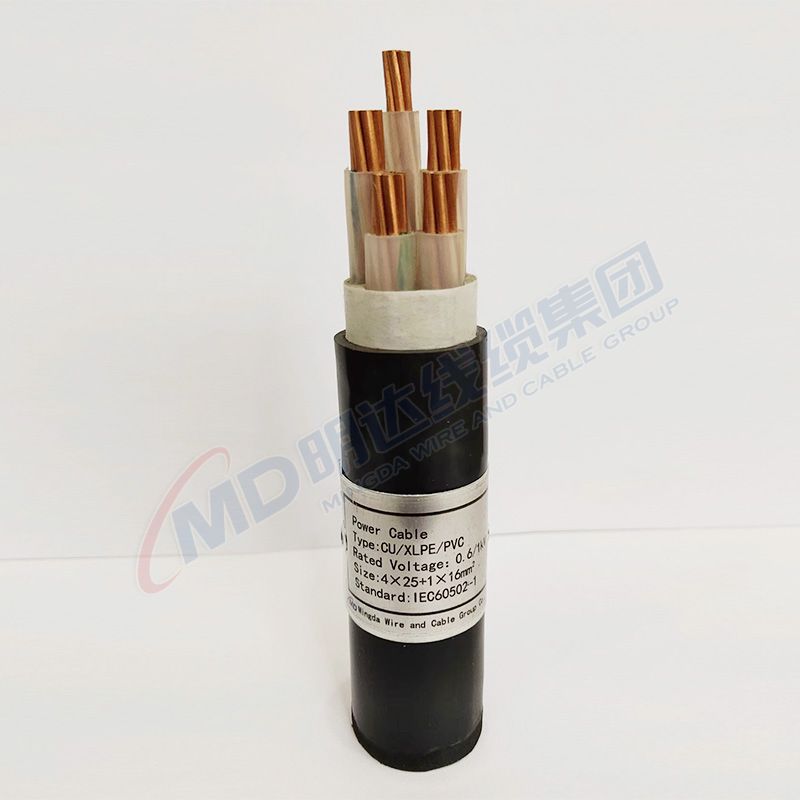10 月 . 22, 2024 15:08 Back to list
control valve
Understanding Control Valves The Heart of Industrial Process Control
Control valves are essential components in various industrial applications, playing a crucial role in regulating the flow of liquids and gases within a system. Their primary function is to adjust fluid flow rate, pressure, and temperature, ensuring that processes operate efficiently and safely.
At the heart of every control valve is the actuator and the valve body. The actuator is responsible for movement, positioning the valve element according to the control signals it receives. This control can be manual, but in most modern systems, it is automated and often managed by advanced control systems or software. The valve body houses the internal mechanism that opens and closes, enabling precise adjustments to the flow characteristics.
Control valves can be broadly classified into several types based on the mechanism used to control the flow. The most common types include globe valves, ball valves, butterfly valves, and diaphragm valves. Each type has its own advantages and limitations, making them suitable for specific applications. For instance, globe valves are ideal for throttling applications due to their linear flow characteristics, while ball valves are favored for their quick on-off capabilities.
One of the primary factors that determine the performance of a control valve is its flow characteristics. Manufacturers design control valves to offer various flow patterns, such as linear, equal percentage, and quick opening. These characteristics dictate how the valve responds to changes in control signals, impacting the stability and responsiveness of the entire process.
control valve

In industrial operations, control valves are often linked to sensors and controllers forming a closed-loop control system
. This integration allows for real-time monitoring and adjustments, ensuring that process parameters remain within desired limits. For instance, in a chemical processing plant, maintaining a constant flow rate is critical for product quality and safety. Advanced control strategies, like PID control, are commonly employed to optimize the performance of valves, balancing speed and accuracy.In addition to regulating flow, control valves also play a vital role in safety. They are often part of safety systems designed to prevent overpressure conditions and protect equipment from potential damage. Safety shut-off valves, pressure relief valves, and emergency shutdown systems are just a few examples where control valves contribute to overall process safety.
Selecting the correct control valve for an application involves several considerations, including the type of fluid, flow rate, pressure requirements, and environmental conditions. Engineers must also evaluate the total cost of ownership, which includes initial costs, maintenance, and potential downtime.
Modern advancements in technology have led to the development of smart control valves that incorporate digital and communication capabilities. These innovations enable better monitoring and predictive maintenance, allowing for enhanced performance, efficiency, and reliability.
In conclusion, control valves are indispensable in industrial processes, serving as the linchpin in the regulation of fluid flow. Their proper selection, application, and maintenance are crucial to achieving operational excellence and ensuring the safety of industrial processes. As industries evolve, embracing automation and digitalization, the evolution of control valves will likely continue, leading to more efficient and smarter industrial systems.
Share
-
Understanding the Differences Between Wafer Type Butterfly Valve and Lugged Butterfly ValveNewsOct.25,2024
-
The Efficiency of Wafer Type Butterfly Valve and Lugged Butterfly ValveNewsOct.25,2024
-
The Ultimate Guide to Industrial Swing Check Valve: Performance, Installation, and MaintenanceNewsOct.25,2024
-
Superior Performance with Industrial Swing Check Valve: The Essential Valve for Any SystemNewsOct.25,2024
-
Industrial Swing Check Valve: The Ideal Solution for Flow ControlNewsOct.25,2024
-
You Need to Know About Industrial Swing Check Valve: Functionality, Scope, and PerformanceNewsOct.25,2024